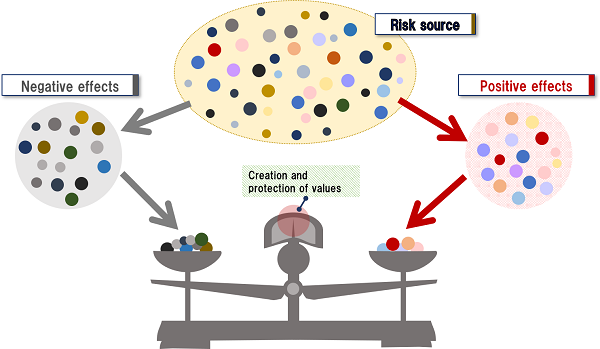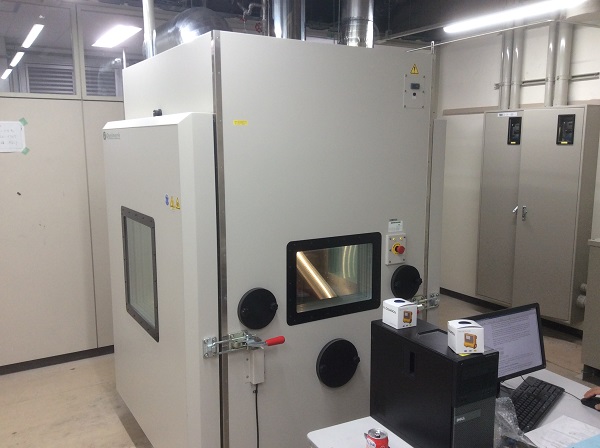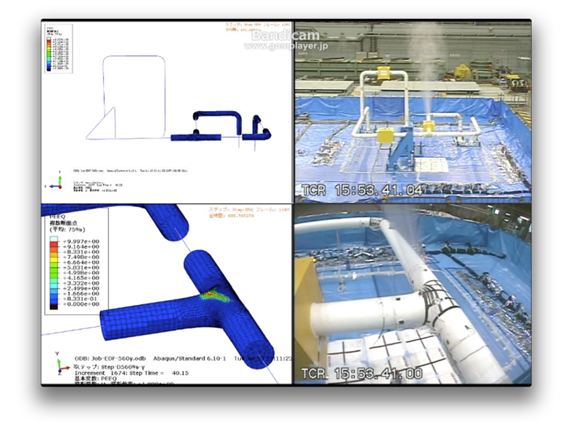Risk management is a systematic approach to managing any type of risk. According to ISO 31000:2018 “Risk management — Guidelines”, the purpose of risk management is to create and protect values and eight principles are required to perform effective risk management.
The interesting point of ISO 31000 is the definition of “risk”. In ISO 31000, risk is defined as “effect of uncertainty on objectives”. An effect is a deviation from the expected and can be positive, negative or both. This concept is suitable for modern society with risks.
Professor Shibutani is currently an expert of TC262 which is managing ISO 31000 series and dedicating to research and education of risk management.




